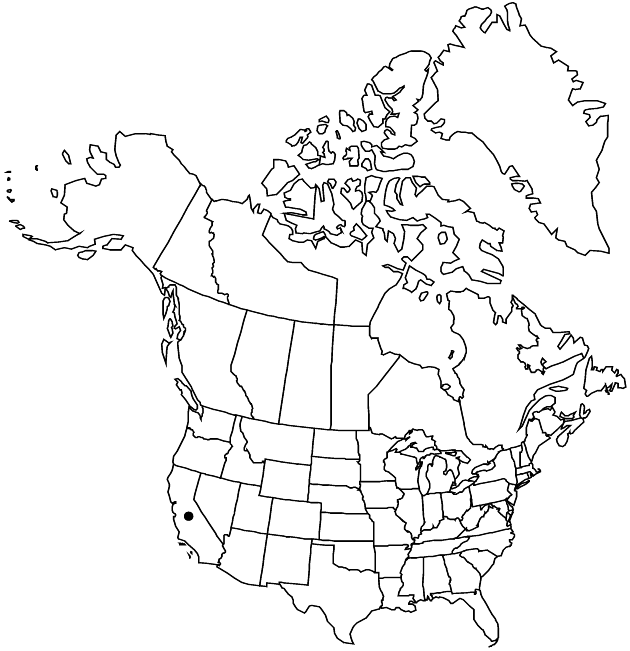Difference between revisions of "Malacothrix saxatilis var. tenuifolia"
in A. Gray et al., Syn. Fl. N. Amer. 1(2): 423. 1884.
FNA>Volume Importer |
FNA>Volume Importer |
||
| Line 7: | Line 7: | ||
|year=1884 | |year=1884 | ||
}} | }} | ||
| − | |basionyms={{Treatment/ID/ | + | |basionyms={{Treatment/ID/Basionym |
|name=Leucoseris tenuifolia | |name=Leucoseris tenuifolia | ||
|authority=Nuttall | |authority=Nuttall | ||
| + | |publication_title=Trans. Amer. Philos. Soc., n. s. | ||
| + | |publication_place=7: 440. 1841 | ||
}} | }} | ||
|synonyms={{Treatment/ID/Synonym | |synonyms={{Treatment/ID/Synonym | ||
| Line 29: | Line 31: | ||
|elevation=10–2000 m | |elevation=10–2000 m | ||
|distribution=Calif. | |distribution=Calif. | ||
| − | |discussion=<p>Variety tenuifolia occurs in the Transverse Ranges (Santa Monica, Santa Ynez, San Gabriel, and San Bernardino mountains), south to coastal areas in Orange and San Diego counties, and east to San Bernardino and Riverside counties, and on Santa Catalina Island with <i></i>var.<i> saxatilis</i>. Single populations grow on San Clemente and San Nicolas islands on mounds of sand brought from the mainland.</p> | + | |discussion=<p>Variety tenuifolia occurs in the Transverse Ranges (Santa Monica, Santa Ynez, San Gabriel, and San Bernardino mountains), south to coastal areas in Orange and San Diego counties, and east to San Bernardino and Riverside counties, and on Santa Catalina Island with <i></i></i>var.<i><i> saxatilis</i>. Single populations grow on San Clemente and San Nicolas islands on mounds of sand brought from the mainland.</p> |
|tables= | |tables= | ||
|references= | |references= | ||
| Line 53: | Line 55: | ||
|publication year=1884 | |publication year=1884 | ||
|special status= | |special status= | ||
| − | |source xml=https://jpend@bitbucket.org/aafc-mbb/fna-data-curation.git/src/ | + | |source xml=https://jpend@bitbucket.org/aafc-mbb/fna-data-curation.git/src/f6b125a955440c0872999024f038d74684f65921/coarse_grained_fna_xml/V19-20-21/V19_481.xml |
|tribe=Asteraceae tribe Cichorieae | |tribe=Asteraceae tribe Cichorieae | ||
|genus=Malacothrix | |genus=Malacothrix | ||
Revision as of 18:37, 24 September 2019
Plants with woody caudices. Herbage glabrous or sparsely hairy (floccose). Stems 1–3+, erect, branched distally, herbaceous, relatively sparsely leafy distally. Cauline leaves: proximal usually 1-pinnately lobed (lobes lanceolate to linear or filiform, sometimes antrorse, apices acute); distal linear to filiform (or pinnately lobed, lobes linear to filiform), ultimate margins entire, apices acute. Arrays of heads relatively open. Cypselae 1.4–2 mm. 2n = 18.
Phenology: Flowering Mar–Dec.
Habitat: Canyons, coastal-sage scrub, chaparral
Elevation: 10–2000 m
Discussion
Variety tenuifolia occurs in the Transverse Ranges (Santa Monica, Santa Ynez, San Gabriel, and San Bernardino mountains), south to coastal areas in Orange and San Diego counties, and east to San Bernardino and Riverside counties, and on Santa Catalina Island with var. saxatilis. Single populations grow on San Clemente and San Nicolas islands on mounds of sand brought from the mainland.
Selected References
None.
